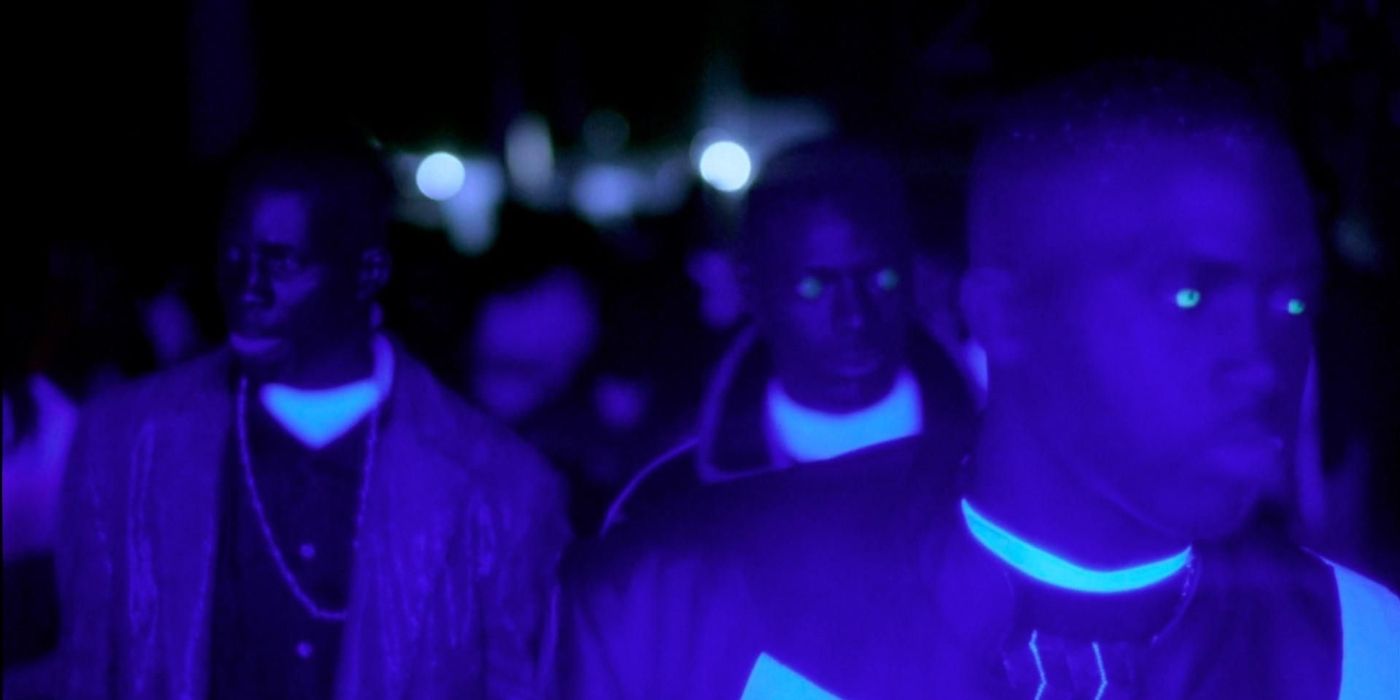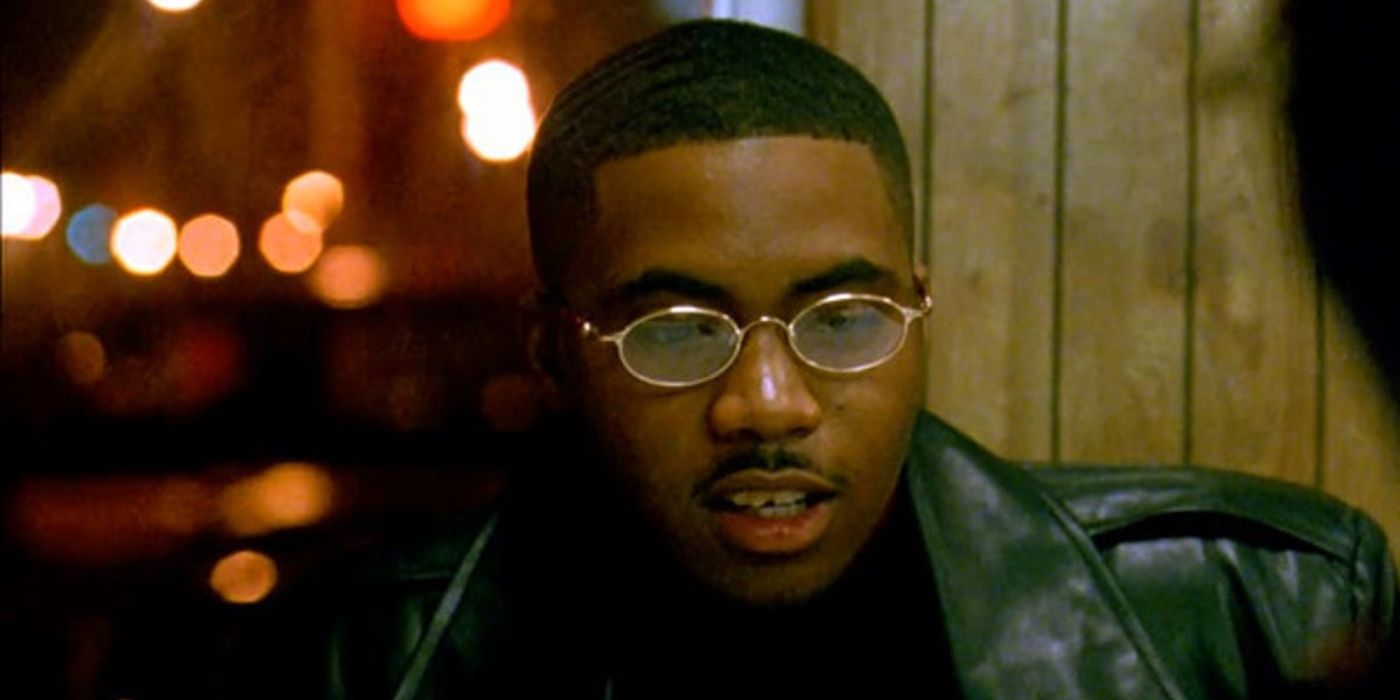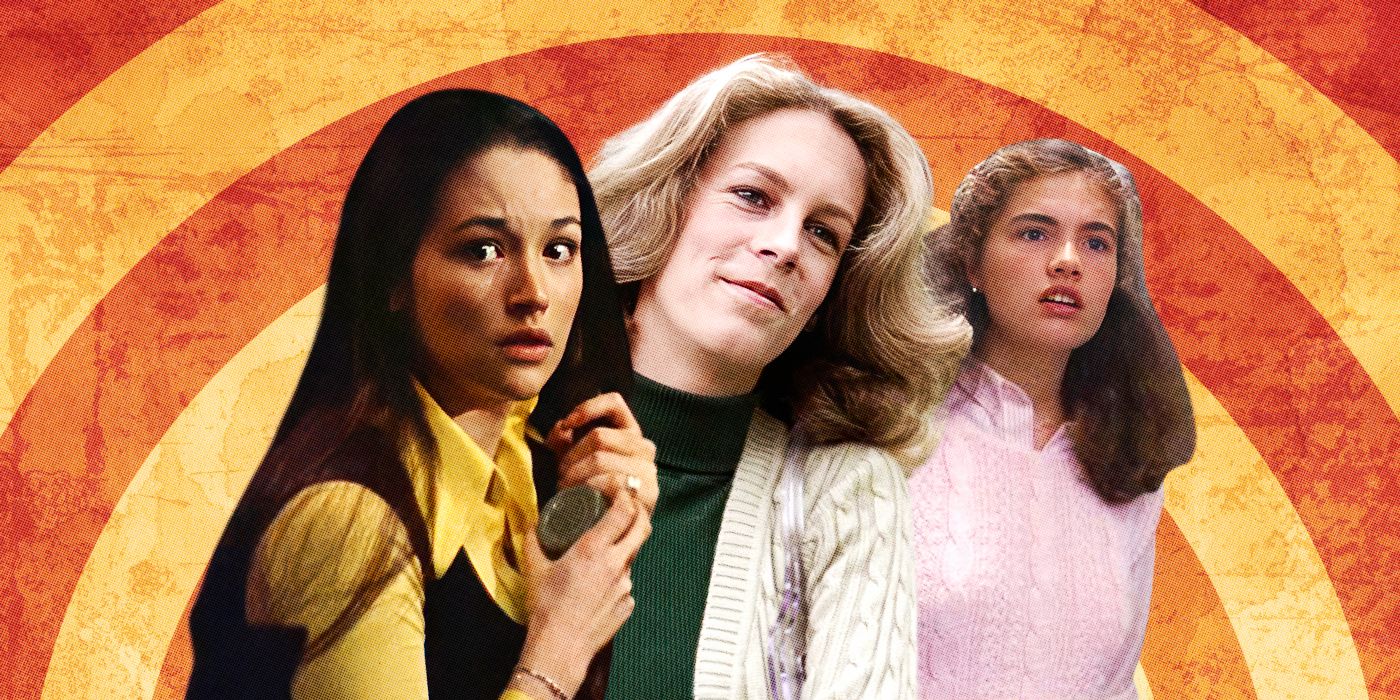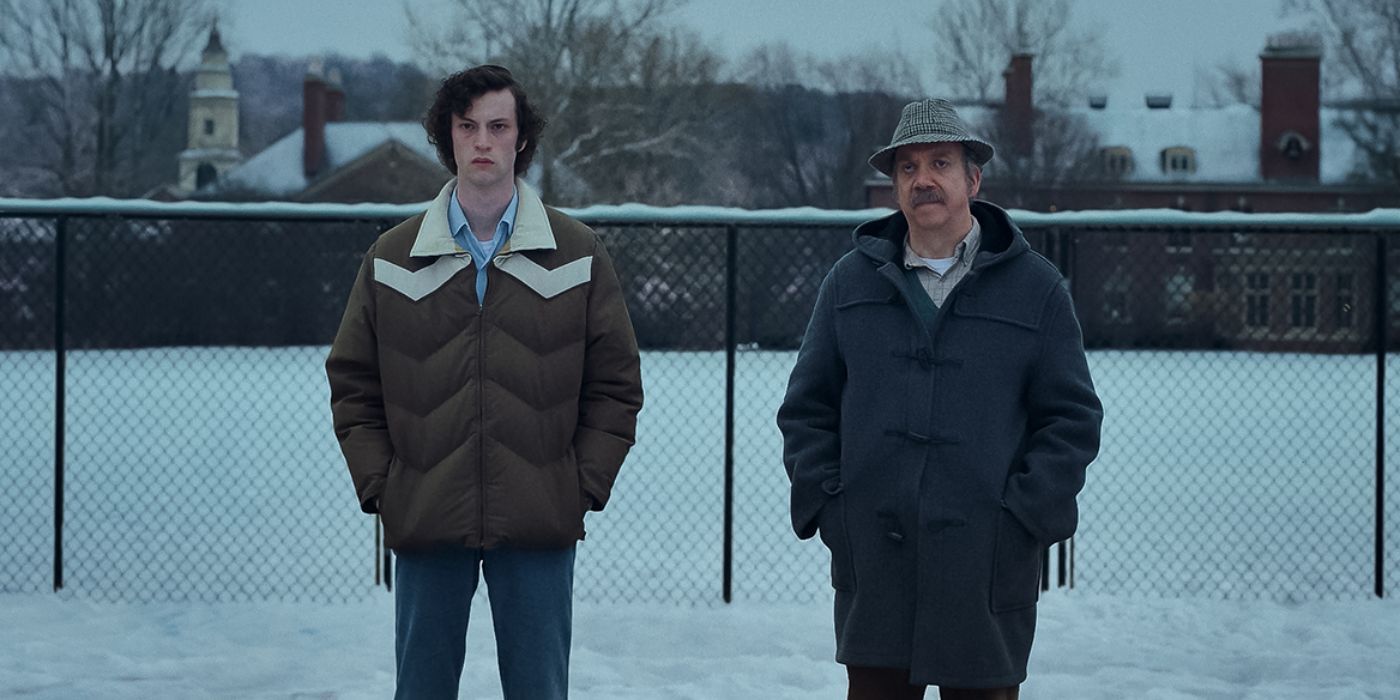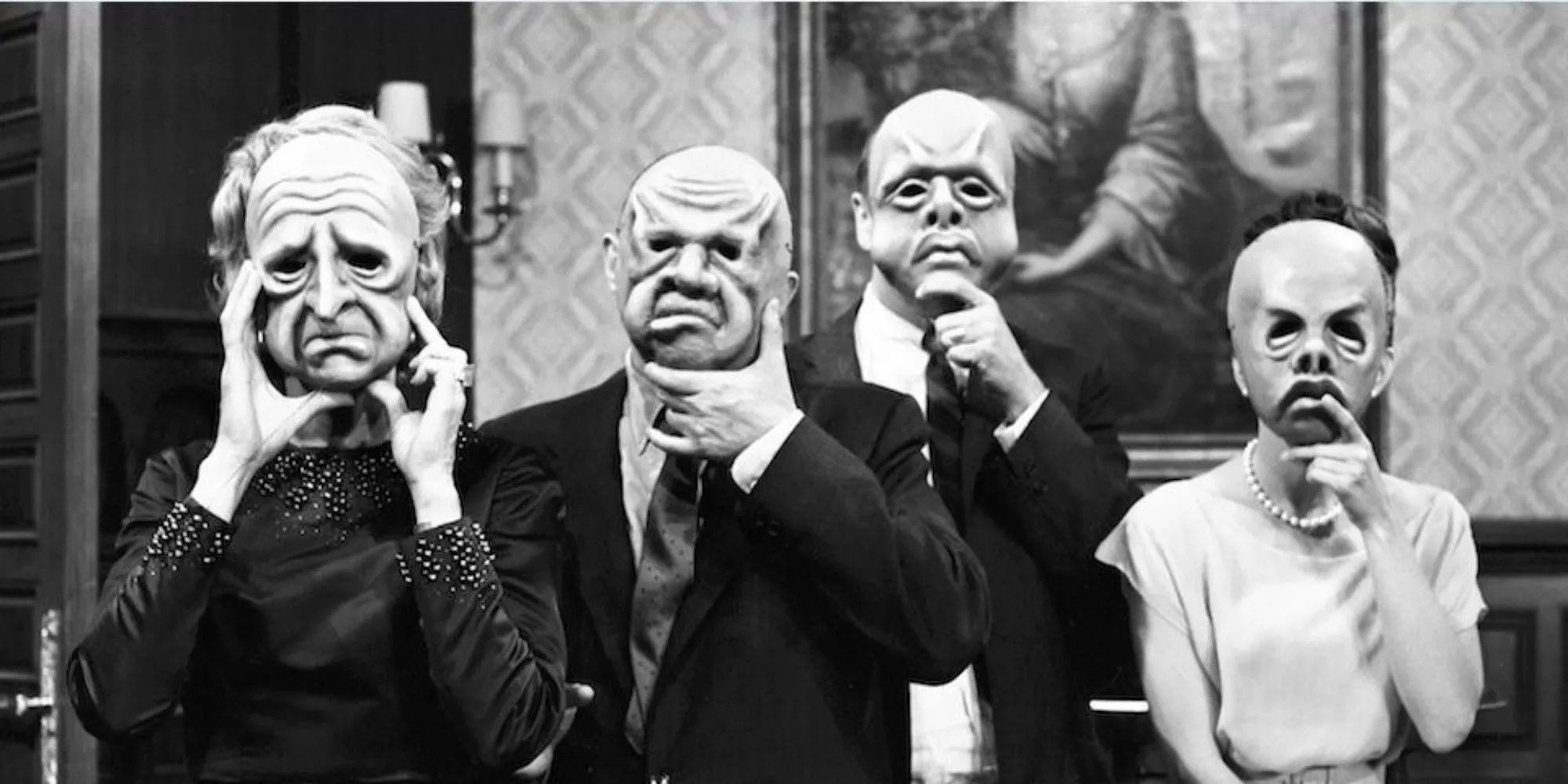The Big Picture
- Hype Williams, famous for directing music videos, made a visually stunning and thematically prescient film called Belly in 1998.
- Belly pushed the boundaries of cinema with its radical cinematography and innovative set design, but its plot and performances had flaws.
- Despite his talent and continued success in music videos, Hype Williams never directed another feature film after Belly, which is a travesty for cinema.
The history of one and done directors in cinema is an interesting one. It’s rare to see someone with something that people wanted more of to never sit in the director’s chair again. Famously, actor Charles Laughton directed 1955’s Night of the Hunter, perhaps one of the most influential films of its time, and never directed another film. In more recent cinematic history, the most unfortunate example of this phenomenon is famed music video director Hype Williams, and his lone film, 1998’s Belly. Now, Williams has had a prolific career following this film, directing music videos for the likes of Jay-Z, Beyoncé, Coldplay, and Megan Thee Stallion. Yet, he never directed a feature, or anything other than a music video since 1998. Belly is not a perfect film by any means, but it is visually stunning, thematically prescient, and features massive stars like Nas and the late DMX. What happened with Hype Williams? How did a director who made one of the most visually bold films to ever come out of Hollywood period, never get another chance at a feature film?
Hype Williams Honed His Craft in Music Videos
Williams made his name as a music video director, directing some of the most iconic rap videos of the 1990s. This pathway is actually quite common for feature film directors. Spike Jonze, David Fincher, Michel Gondry, and Jonathan Glazer are all incredibly acclaimed, award-winning filmmakers who started out making music videos. The similarities between Williams, Jonze, and Gondry are actually quite interesting. All three are known for an incredibly striking, off beat visual style, which was then translated into their feature films. Williams, however, pushed the boundaries of cinema the furthest with Belly. The genre Williams is dealing with is not an uncommon one for Hollywood, especially in the 1990s. Crime films such as Juice, Menace II Society, and Dead Presidents all examined the nature of the Black experience in major cities, revolving around ideas of racism, poverty, culture, and crime. This was also reflected in the booming rap genre at the time. Wu-Tang Clan, Nas, DMX, Tupac, Mobb Deep, and many more were discussing these things in their songs, which was becoming the dominant strain of popular music. Belly synthesizes both artistic mediums to great effect.
The film follows Nas and DMX as young drug dealers, with Sincere (Nas) attempting to make a better life for his family, and escape his life of crime, and Tommy (DMX) falling deeper and deeper into the criminal underworld. What makes Belly a film that we still discuss today is the incredible visual style Williams brings to the table. It is genuinely some of the most radical cinematography to ever appear in a Hollywood film, at some times lit like a Caravaggio painting, and others abstractly, to the point characters and settings blend into impressionist fields. There are maybe 10 to 20 shots in the film lit “normally” while the rest would be mind-blowing even if they appeared just once in a film. Williams films action beautifully, with the opening heist scene being a perfect example, insanely kinetic and raw, but with a clear hand guiding it. Williams makes the most out of every scene, utilizing some of the most beautiful and evocative set design in any film period. The contrast between Sincere and Tommy’s homes perfectly distinguish them, with the ’90s future aesthetic of Tommy’s home balancing with the more traditional family home of Sincere’s. The story, while at some points at bit incomprehensible, is compelling, and at times prophetic for the approaching millennium.
Williams’ ‘Belly’ Expands on the Crime Genre
Williams’ scope moves beyond the trappings of the genre, and into the bigger picture. His choice to center the drug dealing narrative around a more rural area like Nebraska, for example, is a bold move for the time, while most films centered around addiction and the drug trade still focused on the inner city. The infection of shadowy government organizations into Black communities is reflected through Tommy, and his assassination job against a prominent Black leader echoes that of Malcolm X in real life. This dread of the new millennium, and the so-called “end of history,” something mined to great effect in the ’90s by films like American Beauty, Ghost Dog: Way of the Samurai, and Flatliners, is similarly explored in Belly. At a time when it felt like everything was now set in stone, the search for meaning in an increasingly hostile society was weighing on everyone’s subconscious. Williams displays the approaching millennium with a destructive atmosphere, casting both of our main characters into the great unknown, with Sincere returning to Africa, and Tommy accepting religion, and turning his back on a life of crime. Yet, neither of these choices feel steady. The end of the film feels just as precarious as the beginning, and as the confetti falls on Times Square, we are left wandering as well.
Belly is a fascinating, but flawed film. The performances are at times fantastic, full of energy, but sometimes fall flat as well. That is the double-edged sword of casting non-actors in your film. The plot is thematically dense, but lacks structure. The imagery is otherworldly, but at times distracting. But for Williams to never direct another feature after this one is just insane to think about. Charles Laughton at least has the excuse of his premature death only seven years after Night of the Hunter came out. Williams has continued to make music videos, and has released them as recently as 2021. There has never been a controversy, a bad word, a health concern, nothing from him that would exclude him from directing a feature film. While he has been attached to a few projects, including Speed Racer before The Wachowskis took it over, nothing has ever materialized. This is a genuine travesty for cinema as a whole. Today, it is rare we see a new voice appear that takes cinema, breaks it apart, and reconstructs it to their own personal taste. Films have become increasingly formulaic, both visually and thematically. Williams is anything but formulaic. What he does in Belly is innovative, wild, and at times completely uncontrollable. But even at times when the film feels like it is breaking apart, Williams vision is undeniable. With a little bit of honing, and a better script, he could have been the definitive voice of a generation. While his catalog of music videos and Belly will remain classics forever, it is a shame we never got more of Williams as a feature filmmaker. It is perhaps the biggest missed chance of an entire era of film, and one that will puzzle future generations.

